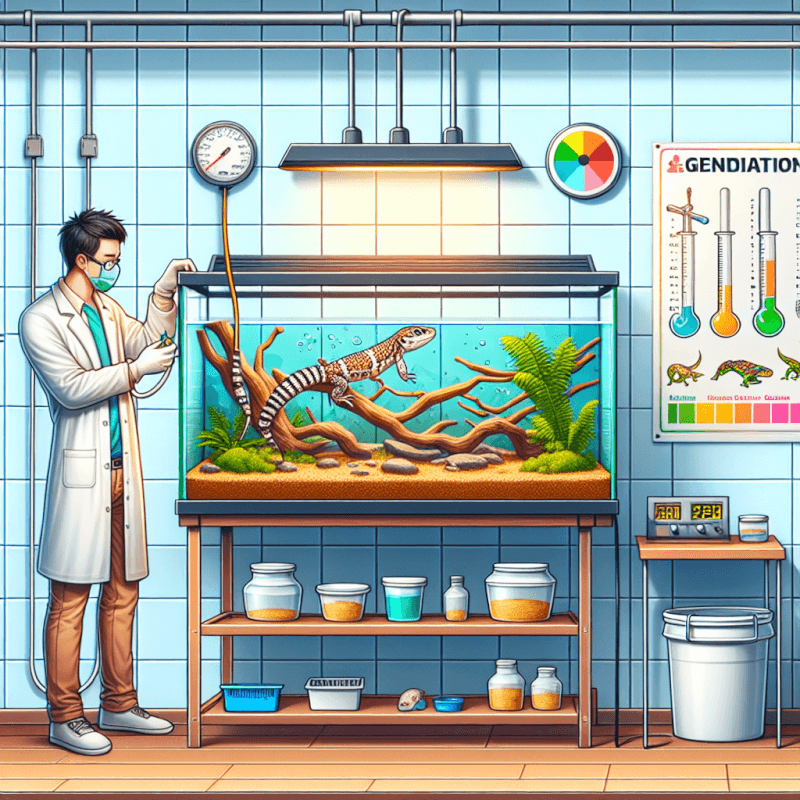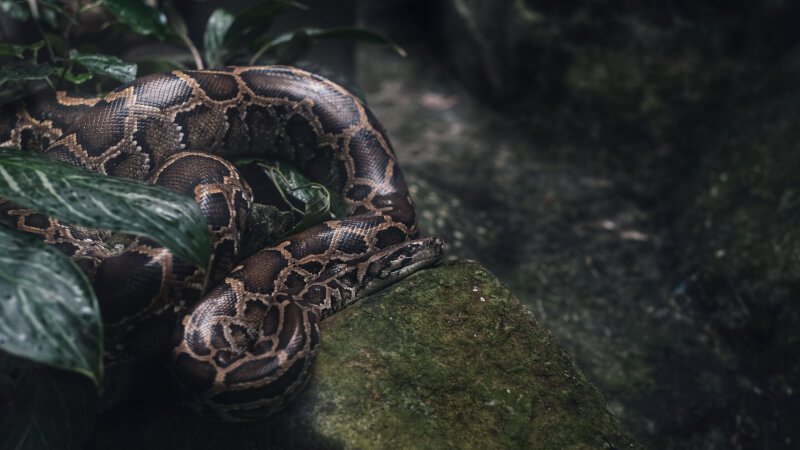If you’re a proud reptile owner, you know that a clean and maintained tank is essential for your scaly friend’s health and happiness. But, the question that looms on your mind is, “How do I clean my reptile’s tank properly?” Fret not, my friend! In this article, we’ll walk you through some easy and effective steps to ensure that your reptile’s habitat remains a clean and cozy haven for them to thrive in. From removing waste to cleaning the accessories, get ready to level up your tank cleaning skills and keep your reptile’s world spick and span!
Choosing the Right Cleaning Supplies
Researching and selecting the ideal cleaning products for your reptile’s tank is crucial in maintaining a clean and healthy environment for your scaly friend. With numerous options available in the market, it’s essential to choose supplies that are safe and effective without posing any harm to your reptile.
Research the Ideal Cleaning Products
Start by researching and understanding the specific needs of your reptile species. Different reptiles have different requirements when it comes to cleaning supplies. For example, some reptiles may need a gentle cleaner for delicate surfaces, while others may require a more potent disinfectant to combat bacteria and viruses.
Look for cleaning products specifically designed for reptile tanks. These products are carefully formulated to be safe for your pet while effectively removing dirt, bacteria, and other impurities.
Using Non-toxic Cleaning Solutions
When selecting cleaning solutions for your reptile’s tank, it’s important to choose non-toxic options. Reptiles are sensitive creatures, and exposure to harsh chemicals can cause them harm. Opt for natural or environmentally friendly cleaners that are free from ammonia, bleach, and other harmful ingredients.
Non-toxic cleaning solutions are not only safer for your reptile, but they are also better for the overall air quality in your home. This is especially important if you have a tank located in a space where you spend a lot of time.
Avoid Harsh Chemicals
It’s crucial to avoid using harsh chemicals such as bleach or ammonia-based cleaners in your reptile’s tank. These chemicals can be extremely harmful to reptiles and can cause respiratory problems, skin irritations, or even death.
Instead, opt for mild, reptile-safe cleaners that are specifically formulated for cleaning reptile enclosures. These products are designed to be effective in removing bacteria and impurities while being gentle on your reptile’s delicate skin and respiratory system.
Remember, the health and well-being of your reptile should always be the top priority when choosing cleaning supplies. Taking the time to research and select the right products will ensure a clean, safe, and healthy habitat for your reptile.
Cleaning Frequency
Maintaining a regular cleaning schedule is essential to keep your reptile’s tank clean and ensure the optimal health of your pet. The frequency of cleaning will depend on various factors such as the type of reptile, the size of the enclosure, and the cleanliness of the environment.
Determining the Cleaning Schedule
Establishing a regular cleaning schedule for your reptile’s tank is crucial. This will help you stay on top of the cleaning tasks and ensure that your reptile’s habitat remains clean and hygienic.
Factors to consider when determining the cleaning schedule include the size of the tank, the number of reptiles, the type of substrate used, and the daily routine of your reptile. Larger tanks with more reptiles will require more frequent cleaning compared to smaller tanks with fewer inhabitants.
Cleaning Routine for Different Reptiles
Different reptiles have specific cleaning needs based on their natural habitat and behavior. For example, aquatic turtles may require more frequent cleaning due to the presence of water, while terrestrial reptiles may need their enclosures spot-cleaned daily and fully cleaned less frequently.
Research the specific cleaning requirements of your reptile species to ensure that you are providing them with the proper care. Reptiles such as snakes or lizards may have different cleaning routines compared to turtles or tortoises, so it’s important to tailor your cleaning schedule accordingly.
Signs that indicate an Urgent Need for Cleaning
While adhering to a regular cleaning schedule is important, it’s also essential to be vigilant for signs that indicate an urgent need for cleaning. These signs may include foul odors, excessive waste buildup, visible algae growth, or unusual behavior in your reptile.
If you notice any of these signs, it’s crucial to address the issue promptly to prevent the accumulation of harmful bacteria or the development of health issues for your reptile. Regular observation and proactive cleaning will help maintain a clean and healthy environment for your scaly friend.
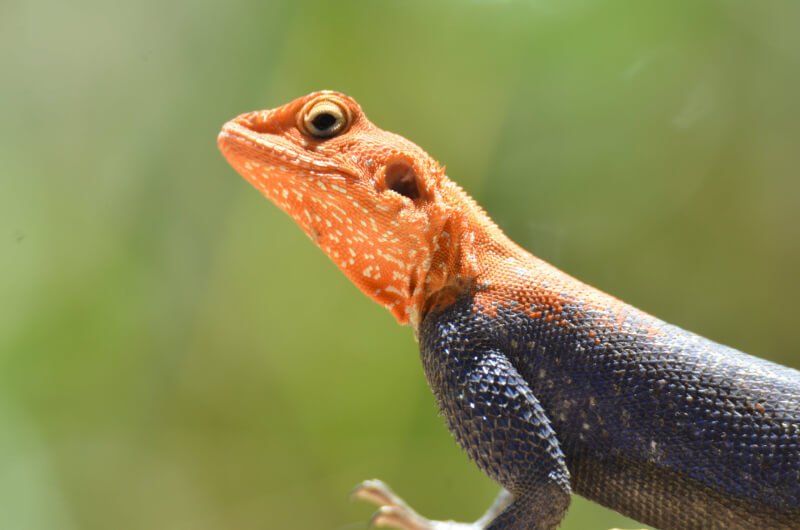
Removing and Cleaning Decorations
Decorations not only provide enrichment and visual appeal to your reptile’s tank but also act as hiding spots and basking areas. However, over time, these decorations can accumulate dirt, algae, and waste, making it essential to regularly clean them.
Removing Decorations Safely
Before cleaning the decorations, it’s crucial to remove them safely from the tank to avoid disturbing or injuring your reptile. Carefully lift and remove the decorations, ensuring that your reptile is secured in a separate space to avoid escape or accidental harm.
Take the time to examine the decorations for any visible debris or waste buildup. Gently brush off any loose dirt or waste using a soft brush or cloth before proceeding to the cleaning process.
Scrubbing and Rinsing Decorations
Once the decorations have been removed, it’s time to scrub and rinse them to remove any stubborn dirt or algae. Use a reptile-safe brush or sponge and a mild cleaning solution to gently scrub the surface of the decorations. Avoid using abrasive cleaners or scrubbing too vigorously, as this can damage the decorations or remove any protective coatings.
After scrubbing, thoroughly rinse the decorations with clean water to remove any traces of the cleaning solution. Ensure that all surfaces are rinsed completely, as any residue left behind can be harmful to your reptile.
Allowing Decorations to Dry
After cleaning and rinsing, allow the decorations to completely dry before placing them back into the tank. Damp or wet decorations can create a humid environment and promote the growth of mold or bacteria. Consider air-drying the decorations in a well-ventilated area, or use a clean cloth to pat them dry.
Once dry, inspect the decorations for any damage or signs of wear. If any decorations are cracked, broken, or deteriorated, it’s important to replace them to maintain the safety and aesthetics of your reptile’s tank.
Cleaning and Changing the Substrate
The substrate in your reptile’s tank plays a vital role in providing a natural and comfortable habitat. Regular cleaning and changing of the substrate are necessary to prevent the accumulation of waste, bacteria, and odors.
Choosing the Appropriate Substrate
When selecting the substrate for your reptile’s tank, consider the specific needs and preferences of your reptile species. Different reptiles have different substrate requirements, including texture, moisture retention, and ease of cleaning.
Some common substrate options include reptile carpet, newspaper, paper towel, sand, bark, or coconut husk. Research the specific substrate requirements for your reptile species to ensure you provide the most suitable and safe option.
Removing the Old Substrate
Before cleaning and changing the substrate, carefully remove your reptile and place it in a secure temporary space. Emptying the tank will involve the removal of the old substrate, waste, and any loose debris.
Using a scooper or gloved hands, remove solid waste and dispose of it appropriately. Be careful not to remove any important environmental features, such as burrows or hiding spots, when removing the old substrate.
Cleaning Techniques for Different Substrates
The cleaning techniques for different substrates may vary. For non-absorbent substrates such as reptile carpet or tile, it’s generally sufficient to scrub and rinse them with a reptile-safe cleaner. Ensure that all surfaces are thoroughly cleaned to remove any residues or odor-causing bacteria.
For absorbent substrates such as sand or bark, it may be necessary to replace the entire substrate periodically to maintain cleanliness. Follow the manufacturer’s instructions for cleaning and change the substrate accordingly to ensure a clean and healthy environment for your reptile.
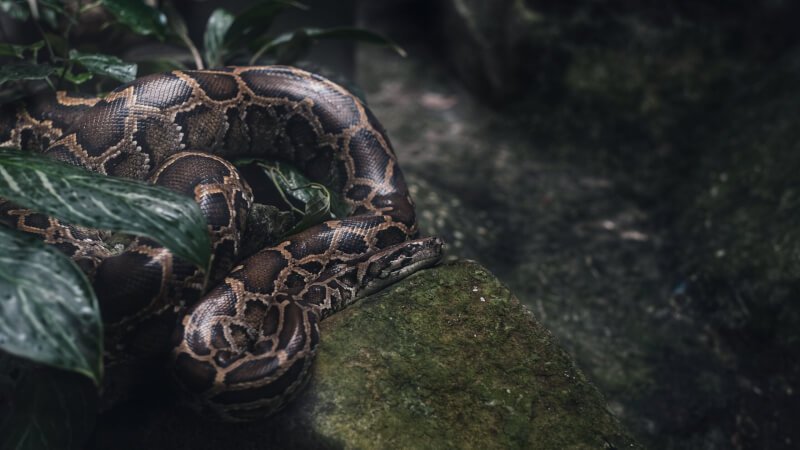
Disinfecting and Cleaning the Tank
Disinfecting and cleaning the tank itself is essential to eliminate any harmful bacteria, viruses, or fungal spores that may be present. Regular cleaning and disinfection will help maintain hygiene and prevent the spread of diseases within the enclosure.
Emptying the Tank
Before beginning the cleaning process, empty the tank of all contents, including decorations, substrate, and water dishes. This will allow for a thorough cleaning and disinfection of the tank surfaces.
Ensure that your reptile is safely secured in a separate space during the cleaning process to prevent stress or injury.
Using Disinfectants Properly
Select a reptile-safe disinfectant that is specifically formulated for cleaning reptile enclosures. Avoid using household disinfectants that may contain harmful chemicals.
Follow the manufacturer’s instructions on how to dilute and apply the disinfectant. Pay close attention to the contact time required for the disinfectant to effectively kill bacteria and viruses.
After applying the disinfectant, scrub all surfaces of the tank using a reptile-safe brush or sponge. This will help remove any stubborn dirt or debris. Be thorough and ensure that all areas, including corners and seams, are adequately cleaned.
Cleaning the Glass or Acrylic Surfaces
The glass or acrylic surfaces of the tank may require extra attention to ensure they are clean and streak-free. Use a high-quality glass or acrylic cleaner that is safe for use around reptiles.
Spray the cleaner directly onto the surface or a clean cloth and wipe it in a circular motion to remove any smudges, fingerprints, or algae. Avoid using abrasive materials or scrubbing pads that may scratch the surfaces.
Once all surfaces have been cleaned, rinse the tank thoroughly with clean water to remove any residue from the cleaning products. Allow the tank to air dry completely before reintroducing the reptile, decorations, substrate, and water dishes.
Cleaning Water and Food Dishes
Water and food dishes can become dirty and contaminated with leftover food, feces, and bacteria. Regular cleaning of these dishes is essential for your reptile’s health and hygiene.
Removing Leftover Food
Before cleaning the water and food dishes, empty them of any remaining food. Leftover food can decay and introduce harmful bacteria into your reptile’s tank.
Using a scooper or gloved hands, remove the leftover food and dispose of it appropriately. If necessary, rinse the dishes with warm water to remove any remnants.
Scrubbing with a Non-toxic Cleaner
After removing the leftover food, it’s time to clean the water and food dishes. Use a reptile-safe, non-toxic cleaner to scrub the dishes thoroughly. Pay close attention to any stains or residues that may have accumulated.
Ensure that the cleaner is rinsed off completely to prevent any potential harm to your reptile. Avoid using harsh chemicals or abrasive scrubbers that may damage the dishes.
Rinsing and Drying Dishes
After scrubbing, rinse the dishes with clean water to remove any traces of the cleaner. Make sure there are no residual cleaning agents left on the dishes that could be harmful to your reptile.
Allow the dishes to air dry completely before refilling them with fresh water and food. This will prevent the growth of bacteria or mold due to moisture.
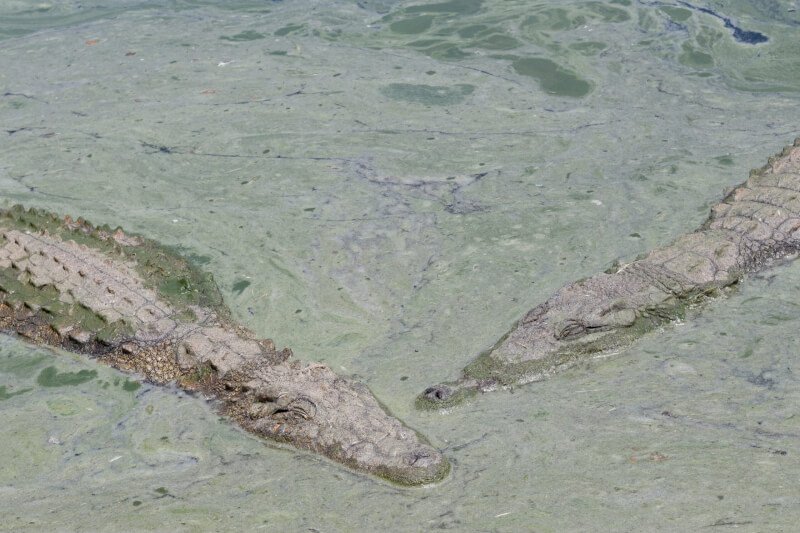
Sanitizing and Maintaining the Filters
Filters play an essential role in maintaining the cleanliness of your reptile’s tank by removing waste and impurities from the water. Regular cleaning and maintenance of the filters will ensure their optimal performance and prevent the buildup of harmful substances.
Understanding the Type of Filter
Different types of filters are available for reptile tanks, including mechanical filters, biological filters, and chemical filters. Understanding the type of filter you have and its specific cleaning requirements is crucial in maintaining a clean and healthy environment for your reptile.
Follow the manufacturer’s guidelines on how to properly clean and maintain the filter. This may include regular rinsing of mechanical filters, replacing filter media, or periodically cleaning and recharging chemical filters.
Cleaning the Filter Regularly
Maintaining a regular cleaning schedule for your filter is essential to ensure its proper functioning. This may involve rinsing or changing filter media, removing debris from the filter compartments, or unclogging any blockages.
Regularly inspect the filter for any signs of wear or damage. If you notice any cracks, deteriorations, or inefficiencies, it may be necessary to replace the filter to maintain optimal filtration and water quality.
Replacing Filter Media
Filter media, such as activated carbon or biological filter media, can become saturated and no longer effectively remove impurities from the water. It’s important to follow the manufacturer’s guidelines on when and how to replace the filter media.
When replacing filter media, rinse it thoroughly with clean water before inserting it into the filter. This will remove any dust or residue that may be present. Be sure to properly dispose of used filter media according to local waste regulations.
Regularly maintaining and cleaning the filters will promote a clean and healthy aquatic environment for your reptile.
Managing Temperature and Humidity
Maintaining the proper temperature and humidity levels in your reptile’s tank is essential for their overall health and well-being. Regular monitoring and cleaning of temperature and humidity control devices will ensure they function properly and provide the ideal environment for your reptile.
Maintaining the Ideal Temperature
Different reptile species have specific temperature requirements based on their natural habitat. It’s crucial to research and understand the ideal temperature range for your reptile to ensure their comfort and optimal health.
Regularly clean and calibrate any temperature control devices, such as thermostats or heat lamps, to ensure accurate readings. Check for any signs of malfunction or damage and replace any faulty equipment promptly.
Humidity Control and Cleaning
Many reptiles require specific humidity levels to replicate their natural environment. Humidity control devices, such as misting systems or humidifiers, play a crucial role in maintaining the proper humidity level in the tank.
Regularly clean and maintain these devices to prevent the growth of mold or the buildup of bacteria. Follow the manufacturer’s instructions on how to clean and disinfect the devices properly, and regularly inspect them for any signs of malfunction or damage.
Preventing Mold and Bacterial Growth
Excessive moisture and poor cleanliness can lead to the growth of mold, fungi, and harmful bacteria in your reptile’s tank. These can cause respiratory problems and other health issues for your reptile.
Regularly inspect the tank for any signs of mold or bacterial growth. If any areas are affected, clean and disinfect them promptly using reptile-safe cleaners. Ensure that all surfaces are thoroughly dried after cleaning to prevent further growth.
Maintaining the proper temperature and humidity levels, along with regular cleaning and maintenance of temperature and humidity control devices, will help create a comfortable and healthy environment for your reptile.
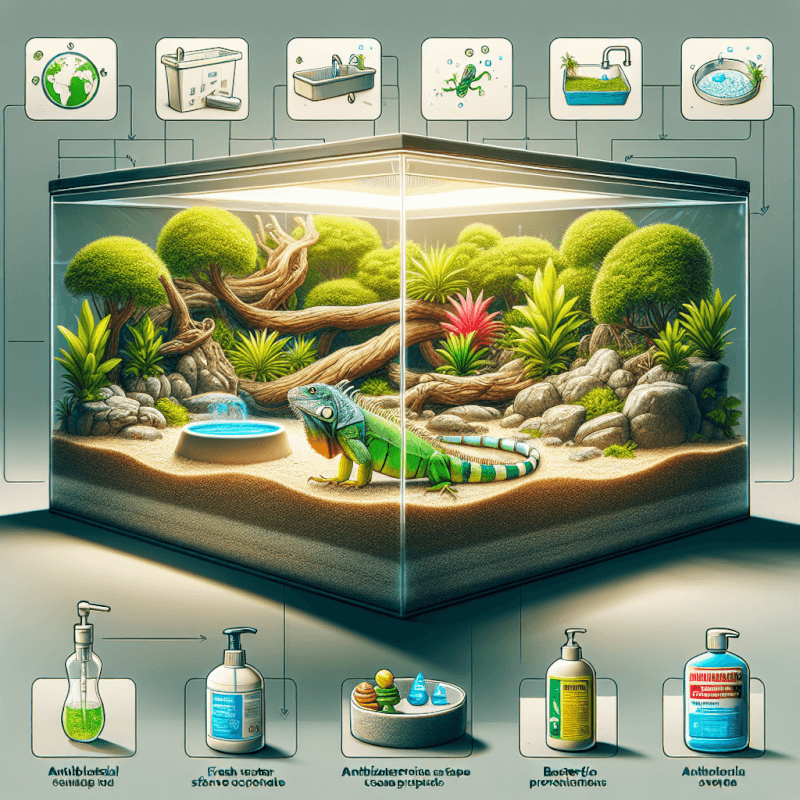
Handling Waste and Excrement
Proper waste management is essential in maintaining a clean and hygienic reptile tank. Regularly removing solid waste and cleaning up accidents is crucial to prevent the buildup of bacteria, odors, and potential health issues.
Using Gloves or Scoopers
When handling waste or excrement from your reptile’s tank, it’s important to protect yourself by using disposable gloves or a scooper. This will help prevent the spread of bacteria or parasites and minimize the risk of contamination.
Always wash your hands thoroughly with soap and water after handling waste or using gloves.
Removing Solid Waste
Regularly remove solid waste from your reptile’s tank to maintain cleanliness and prevent odor buildup. Use a scooper or gloved hands to carefully remove the waste and dispose of it appropriately.
Depending on the size of your reptile and the frequency of waste elimination, you may need to perform spot cleaning daily or remove solid waste entirely during regular cleaning sessions.
Cleaning Up Excrement Spills
Accidents happen, and in the event of an excrement spill or mess, it’s important to clean it up promptly to prevent the spread of bacteria and potential health risks.
Safely remove your reptile from the tank and secure it in a separate space. Use gloves and appropriate cleaning supplies, such as reptile-safe cleaners and disposable cloths, to clean up the mess. Ensure that all affected areas are thoroughly cleaned and disinfected to maintain a clean and hygienic environment.
Regular waste management practices will help create a clean and odor-free environment for both you and your reptile.
Maintaining a Clean Environment
Regularly monitoring the tank and taking preventive measures will help maintain a clean and healthy environment for your reptile. By staying proactive and observant, you can minimize the risk of bacterial growth, disease, and stress-related issues.
Regularly Monitoring the Tank
Regularly observe and monitor your reptile’s tank for any signs of dirt, debris, or waste buildup. Check for unusual odors, visible algae growth, or any changes in your reptile’s behavior that may indicate a need for cleaning.
By monitoring the tank regularly, you can address any cleanliness issues promptly and prevent potential health problems for your reptile.
Preventing Algae Growth
Algae can quickly become a problem in reptile tanks, especially in aquatic setups or those with high humidity. Algae growth not only affects the aesthetics but can also reduce water quality and create an unsanitary environment.
To prevent algae growth, regularly clean and maintain the tank and its components. Ensure that the tank is not exposed to excessive sunlight, as this can promote algae growth. Consider using algae-fighting products designed for reptile tanks, if necessary, but always opt for reptile-safe options.
Avoiding Overcrowding
Overcrowding the tank with too many reptiles can result in increased waste production and difficulty in maintaining cleanliness. Each reptile species requires a specific amount of space to thrive, so it’s crucial to research and provide the appropriate tank size for your reptile.
Avoid overcrowding by adhering to suitable stocking recommendations and ensuring that each reptile has ample space to move, bask, and hide comfortably. This will help maintain a cleaner and healthier environment for both you and your reptile.
In conclusion, providing a clean and hygienic habitat for your reptile is vital to ensure their overall health and well-being. By carefully selecting the right cleaning supplies, establishing a regular cleaning schedule, and following proper cleaning techniques, you can create a clean and safe environment for your scaly friend. Regularly monitoring the tank and taking preventive measures will help maintain cleanliness and prevent the accumulation of harmful bacteria or substances. Remember to always prioritize the health and comfort of your reptile when establishing your cleaning routine.
